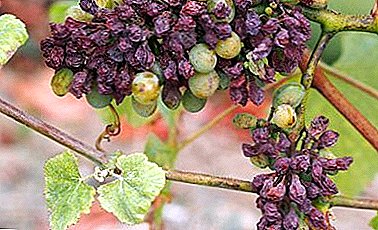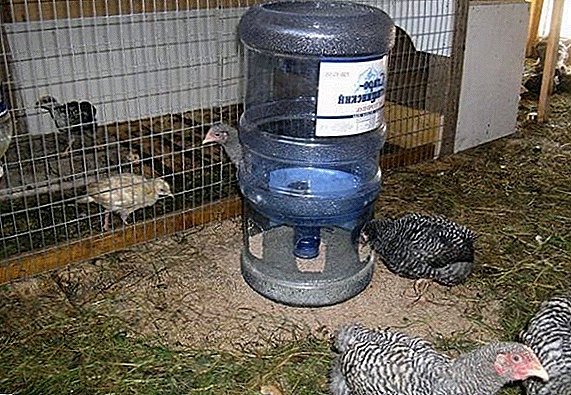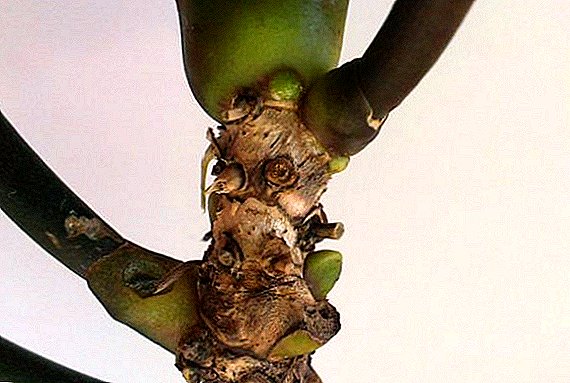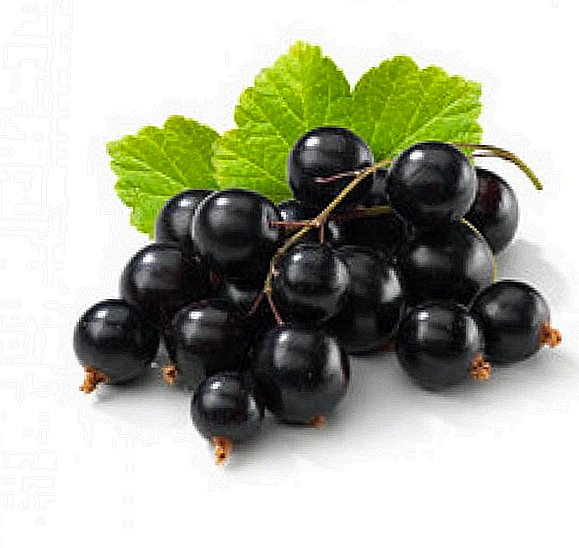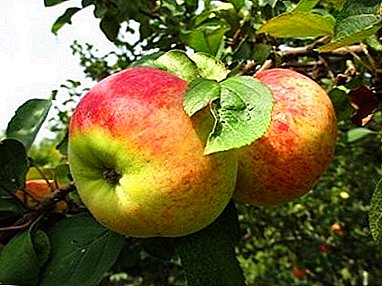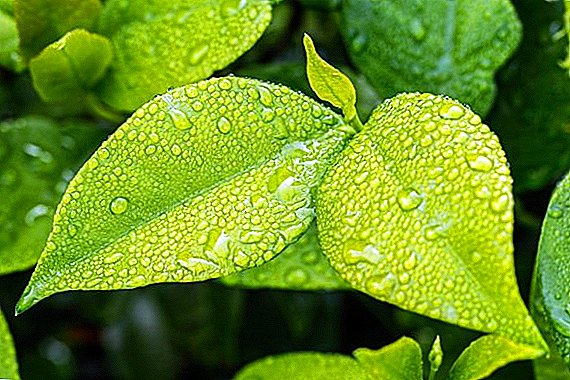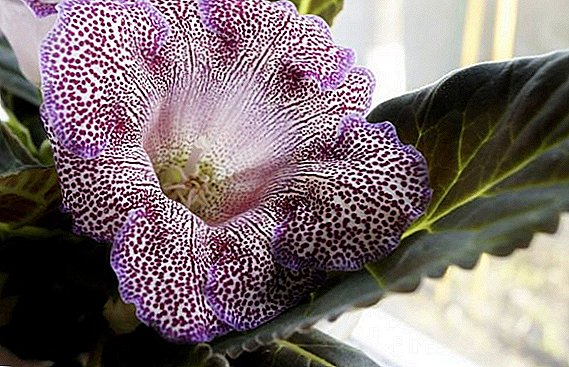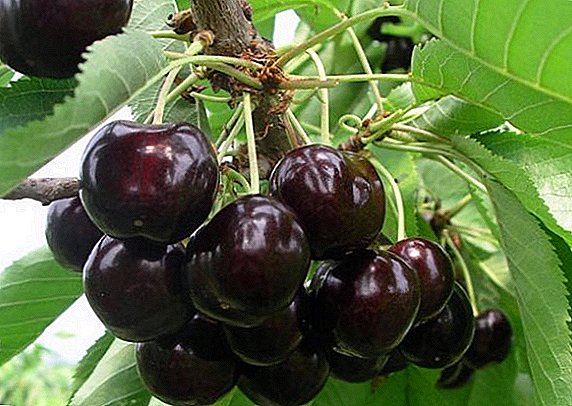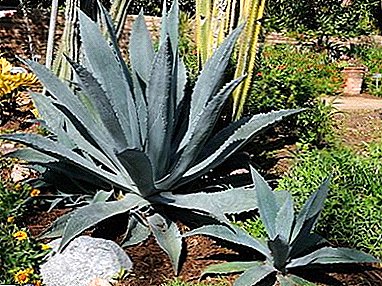
The beneficial properties of agave were known to Indians who lived in Mexico.
And this plant has always been fanned by numerous legends that existed among the indigenous people.
One of them said that people could not find the use of agave, which densely covered large areas.
But once a terrible thunderstorm broke out, and lightning struck a high agave. And then the juice began to flow out of it. It turned out to be unusually tasty and sweet.
People were amazed by what had happened and decided that it was a gift that the gods presented to them. The Indians used this plant extensively for different purposes, but didn't grow specially: their homes were surrounded by whole thickets of wild agave.
They began to cultivate it only in 1758, it was then that the king of Spain granted numerous lands in Mexico to don José de Guervo, he subsequently mastered release of the first alcoholic beverages.
At that time, various species were grown (including American Agave), picking up empirically the most suitable for the production of beverages, those species that did not give the desired result, uprooted and no longer planted.
Planter himself lived near the village of tequilatherefore he called the tequila drink invented by him, and subsequently, the most suitable for the production of wine, received another second name tequilaIt was the view we were looking at.
Motherland
Blue agave - almost most popular plant in mexico. Therefore, it is often called "Agave of Mexico".
Especially many plantations with such agave in the state of jaliscothere they are spread over an area of 80 thousand square kilometers.
Blue agave grows wild as well, although outwardly it is slightly different from home grown plants, more powerful and with more large core.
It grows wild in deserts and on mountain slopes, it is so hardythat even fills the slopes covered with volcanic lava.
Photo of Blue Agave
Next, you can see a photo of a blue agave:



Tequila production
Blue agave serves as raw material for making tequila.
In 1902 Franz Weber, a botanist from Germany, came to Mexico. He had to decide which sort of agave was better for making alcoholic beverages.
Scientist made a conclusion, to which local Indians arrived long before him: it is worth growing blue agave for this purpose.
So she received also the name of the scientist and began to be called Agave Tequilana Weber.
This type of agave in form resembles a huge rose. Its leaves are fleshy, fibrous, have spikes along the edge and are covered with wax so that a lot of moisture does not evaporate. In color, they are bluish or greenish-grayish. For the production of tequila you need only core of the plant.
 Specialists working on plantations monitor the development of agave, and when its core stops growing and becomes red-brown then special toolwhich is called soaright in the field all other parts are cut off, and the core is sent for recycling.
Specialists working on plantations monitor the development of agave, and when its core stops growing and becomes red-brown then special toolwhich is called soaright in the field all other parts are cut off, and the core is sent for recycling.
At the factory core steam treated, finely chopped and squeeze juice.
There is no definite harvest time on the plantations. Cores ripen at different times, and the collection work is on all year round.
Tequila produce only in mexico, because plants for the manufacture of this drink must grow in certain conditions: agave fields for tequila are usually located at a height 1500 meters above sea level.
Temperature fluctuates here within 20 degreesCloudy days should not exceed 100, precipitation no more than 1 meter per year.
Featured and special soil requirements: it should be rich in iron and minerals. Some manufacturers prefer blue agave grown on the slopes of the mountains formed during a volcanic eruption.
All these conditions can not be met in a different climate. Namely, they help to get a clear tequila with a special delicate aroma.
Despite long dry periods, fields with agave don't irrigatebecause in this case the plant grows large, but loses sugarimportant in tequila making
Such blue agave plantations are protected by UNESCO. And tequila has become a national drink in Mexico. The country exports it worldwide.
Tequila is widely used as an aromatic additive to food and non-alcoholic beverages (nectars and juices).
Agave juice is blue, squeezed at the plant, is used not only for the production of tequila, it is also an independent beverage.
To taste the juice like honey. It is used by cooks, adding to the dough (this is also convenient because the juice is easily fermented), in desserts and various creams.
Juice dissolves easily in any liquid, therefore it is prepared from it. various drinks, more often cocktails.
The juice has a thick texture and is commonly called nectar. Exists two kinds such nectar, obtained with varying degrees of processing core.
Light nectar has caramel flavordark molasses taste and gentle aftertaste. In pure form, both species are used. how is our jam: they are poured over them, they are added to tea.
Food
Young flower stalks are called in Mexico quiote and are eaten. They are prepared like any vegetables. There are several popular Mexican vegetable dishes with blue agave shoots.
Pharmacology and traditional medicine
 Blue agave is used for medical purposes.
Blue agave is used for medical purposes.
Chemicals contained in it increase the effectiveness of drugs used in diseases of the stomach and intestines.
Medicines made with the addition of agave, improve peristalsis, relieve colitisand also help in the fight against the disease Crown.
She is has a number of valuable properties: removes excess fluid from tissues strengthens the nervous system, helps with diseases related to metabolism, improves digestive processes.
The juice contains insulin. But him can not eat in large quantities as in it a lot of fructose.
In folk medicine, tincture of leaves is prescribed with bloating and heartburn.
Doctors believe that the properties of agave blue not studied until the endits pharmacological the possibilities are very big.
It is already clear that it can be the basis for vitamin group B drugs and drugs that increase the amount of iron in the body, for drugs, improve the work of the heart, because contains magnesium and calcium a lot.
Blue Agave became a symbol of Mexico, its main source of wealth.


